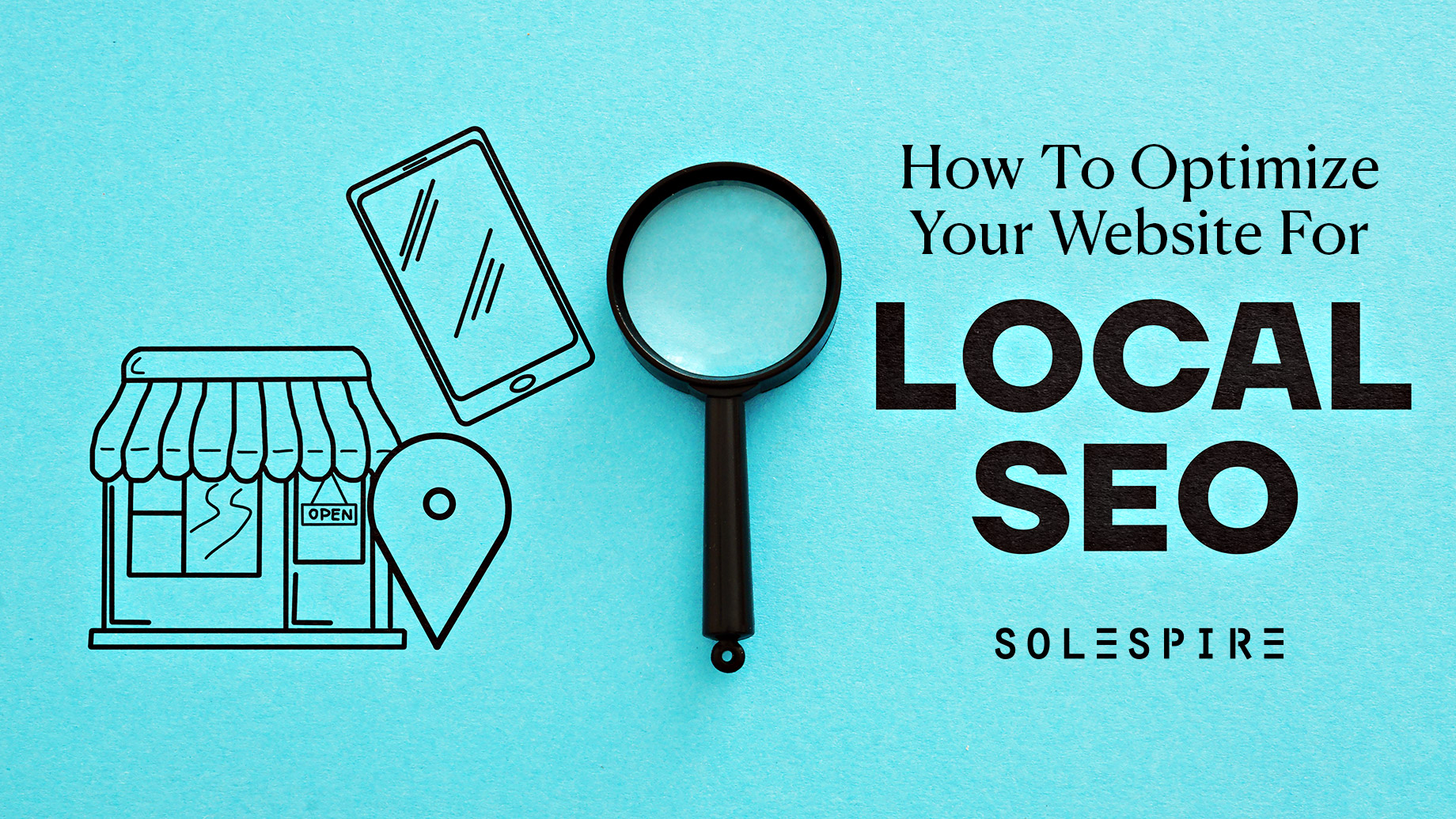
Local SEO is a crucial aspect of digital marketing for businesses looking to reach their local audience. In today’s digital age, consumers are increasingly turning to the internet to search for products and services in their local area. As a result, having a strong online presence is essential for businesses to reach these potential customers and stay ahead of the competition.
The purpose of this post is to provide a comprehensive guide on how to optimize your website for Local SEO. By following the tips and best practices outlined in this post, businesses can improve their search engine rankings, increase their visibility, and attract more local customers.
Local SEO is a complex and ever-evolving field, and optimizing your website can be a daunting task. However, by understanding the key components of Local SEO and following best practices, businesses can create a strong online presence and reach their target audience effectively. In this post, we will cover topics such as keyword research, Google Business Profile listings, local directories and citation sites, NAP information, and the importance of reviews and ratings.
Conduct Keyword Research
Conducting keyword research is a critical step in optimizing your website for Local SEO. By understanding your target audience and the keywords they are searching for, you can create content that resonates with them, which ultimately improves your search engine rankings.
One of the first things to consider when conducting keyword research is to understand your target audience. Who are they, and what are their needs and interests? What type of products or services are they searching for, and what keywords are they using to find them?
Once you have a clear understanding of your target audience, you can begin to find local keywords. These are keywords that include location-based terms, such as “restaurant in [city name]” or “auto repair shop near [neighbourhood name]”. These keywords help search engines understand that your business serves a specific geographic area and provides relevance to local search queries.
It’s essential to incorporate keywords in a natural and organic way in your content. This includes your website’s title tags, meta descriptions, and on-page content. By using relevant keywords, you can improve your website’s visibility and attract more local customers.
Claim and Verify Your Google Business Profile Listing
Getting a Google Business Profile is a smart choice for businesses looking to improve their Local SEO. It allows businesses to manage their online presence across Google, including Google Maps and Google Search. By claiming and verifying your Google Business Profile listing, you can ensure that your business information is accurate and up-to-date, and that potential customers can find the information they need when searching for your business online.
Here are the steps to claim and verify your Google Business Profile listing:
- Go to the Google Business Profile Manager website
- Sign in with your Google account or create a new one
- Search for your business and select it if it appears in the search results
- If your business doesn’t appear, you can add it by clicking on “Add business”
- Fill in your business information, including your business name, address, and phone number (NAP)
- Verify your business by phone or postcard
Verifying your Google Business Profile listing is an essential step in optimizing your Local SEO. It confirms that your business is legitimate and that the information you’ve provided is accurate. In addition to being a valuable tool for Local SEO, a Google Business Profile listing also provides businesses with valuable insights into their online presence. You can see how many people are searching for your business, how they found you, and what they’re looking for. You can also see the number of views and clicks your listing is getting, as well as being able to respond to customer reviews and feedback. Furthermore, you can publish posts to your Google Business Profile feed, much like you would on a Facebook Page.
Get Listed on Local Directories and Citation Sites
Getting listed on local directories and citation sites is another important step in optimizing your website for Local SEO. These directories and citation sites provide valuable backlinks to your website, which can improve your visibility and rankings on search engines like Google and Bing.
Here are some examples of local directories and citation sites that businesses should consider:
- BuyRIC
- The Pinnacle List
- TRAVOH
- Yelp
- TripAdvisor
- Bing Places
- Apple Maps
- Foursquare
- Angi
When getting listed on local directories and citation sites, it’s essential to ensure that your business information is consistent and accurate across all platforms. This includes your business name, address, phone number, website, and business description. Having inconsistent information can confuse search engines and harm your Local SEO efforts.
In addition to providing backlinks and increasing your visibility, local directories and citation sites also offer opportunities for customer engagement. For example, businesses can respond to customer reviews and feedback, providing a valuable opportunity to connect with potential customers and improve their online reputation.
Optimize Your Website’s NAP (Name, Address, Phone Number)
The Name, Address, Phone Number (NAP) of your business is an essential component of your Local SEO efforts. Ensuring that your NAP is consistent and accurate across all platforms is crucial for improving your search engine rankings with accurate information and points of contact.
Here are five tips for optimizing your website’s NAP:
- Include your NAP on every page of your website, not just the contact page
- Use structured data (schema markup) to provide search engines with clear and concise information about your business
- Ensure that your NAP is consistent across all platforms, including your website, local directories, and citation sites
- Use a local phone number instead of a toll-free number
- Include your business address, even if you’re operating primarily online
It’s also important to consider the user experience when displaying your NAP information on your website. Make sure that it’s easy to find and that the information is presented in a clear and concise manner. This can help improve the user experience and increase the chances of potential customers reaching out to your business.
Utilize Reviews and Ratings
Reviews and ratings play a significant role in Local SEO and can have a significant impact on a business’s online presence. Positive reviews and high ratings can increase a business’s credibility, attract more potential customers, and improve their search engine rankings.
Here are some tips for utilizing reviews and ratings:
- Encourage customers to leave reviews and ratings on popular platforms, such as Google Maps, Yelp, and TripAdvisor
- Respond to all reviews, both positive and negative, in a professional and timely manner
- Use schema markup to display your reviews and ratings on your website
- Highlight your positive reviews and ratings on your website
- Continuously monitor and manage your online reputation, addressing any negative reviews or ratings promptly
Utilizing reviews and ratings can also help improve customer engagement and build trust with potential customers. By responding to reviews and addressing any concerns, businesses can demonstrate their commitment to customer satisfaction and improve their online reputation.
Conclusion
To wrap up, optimizing your website for local search engine optimization is vital for boosting your online exposure to potential customers and enhancing your search engine ranking. By following the tips and techniques outlined in this guide, such as conducting thorough keyword research, verifying your Google Business Profile listing, appearing on local directories and citation sites, ensuring consistency in your NAP, and utilizing reviews and ratings, you can strengthen your online presence and reach a wider audience.
Local SEO is a continuous journey, and it’s essential to keep up with the latest advancements and trends. Regularly monitoring and updating your website and online presence will help you stay ahead of the competition and optimize your Local SEO efforts.
Optimizing your website for Local SEO leads to increased visibility, improved search engine ranking, and greater customer engagement. By taking these actions, you can assert control over your online presence and connect with more potential customers in your local area.

